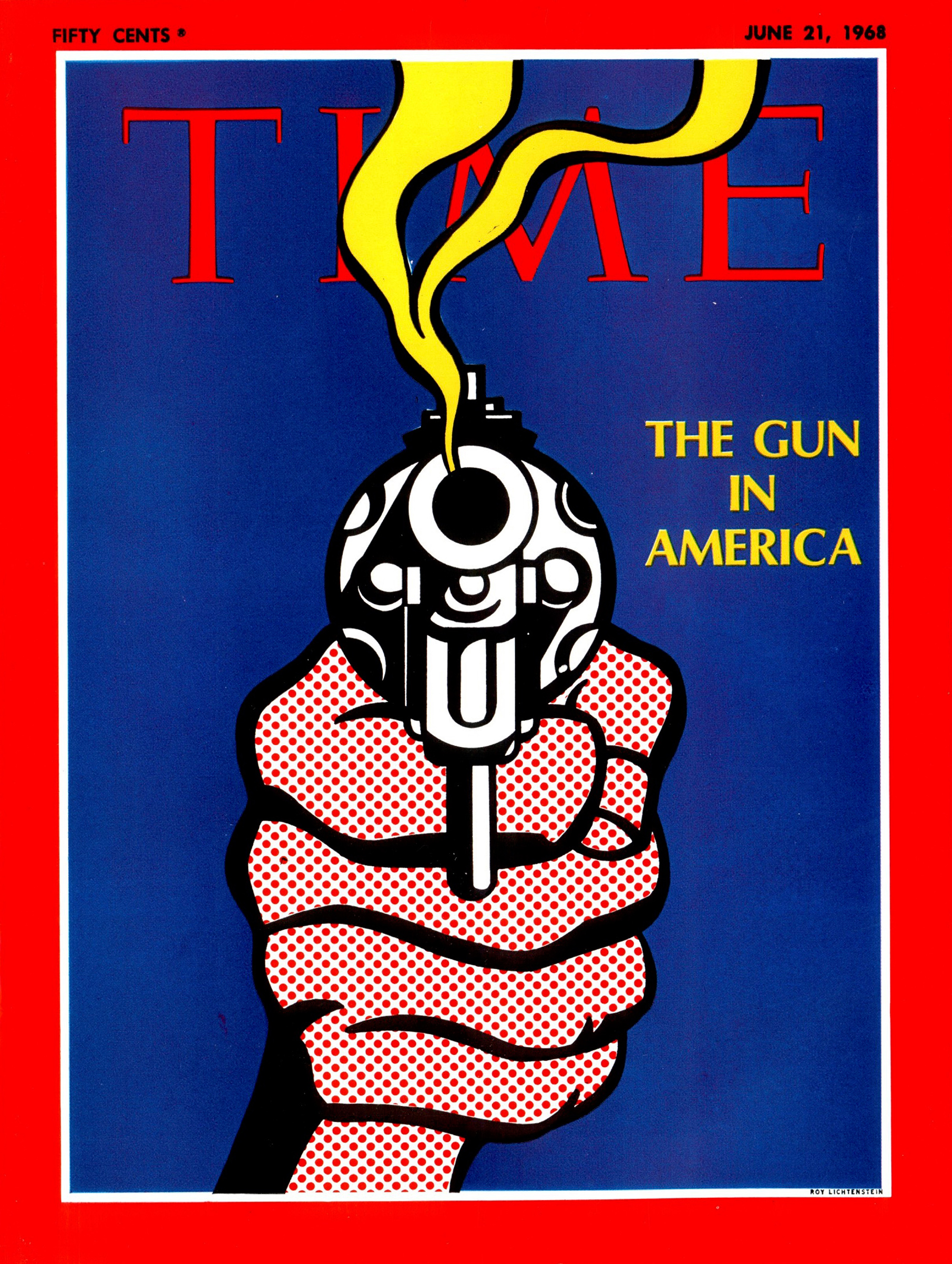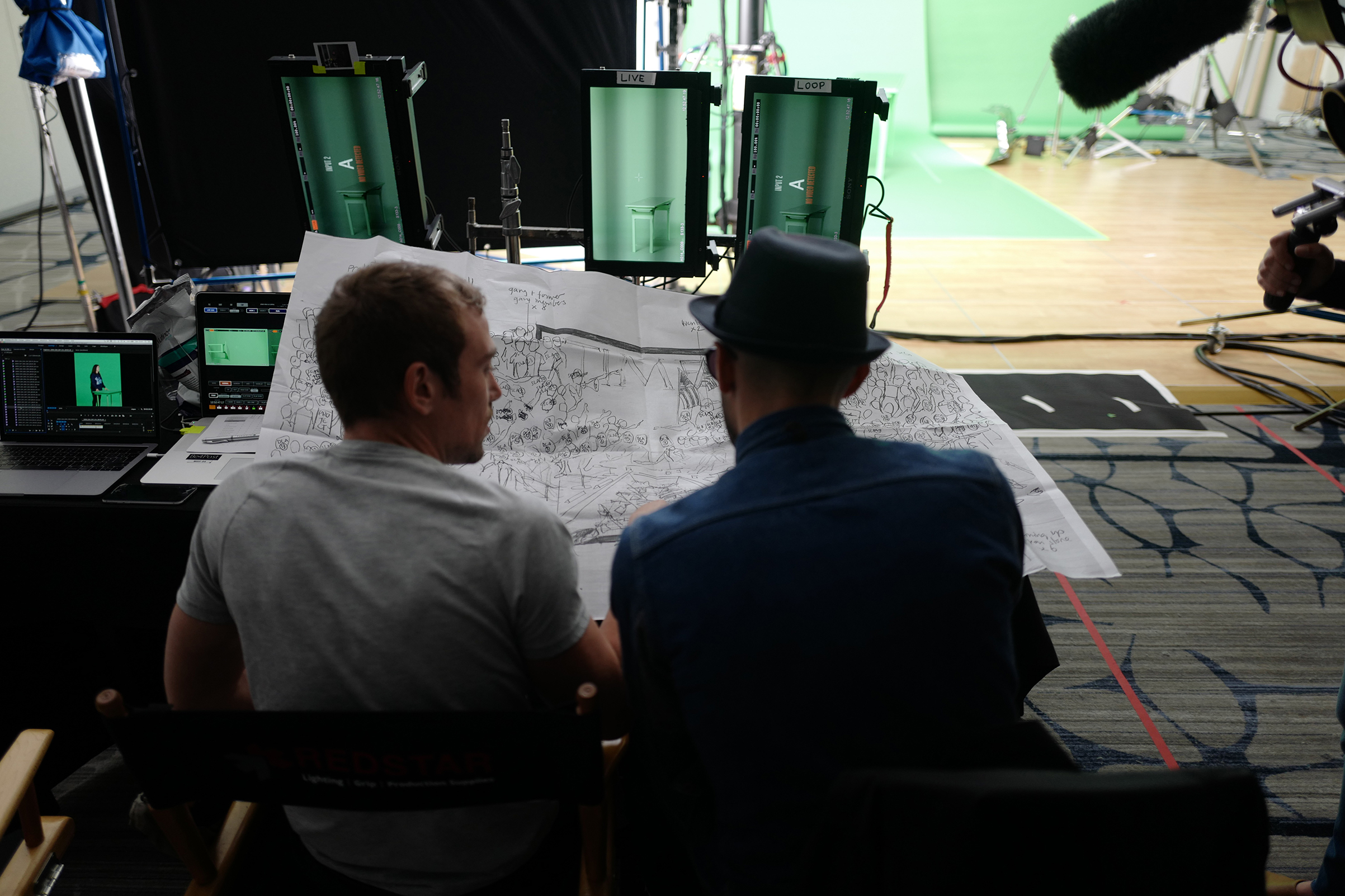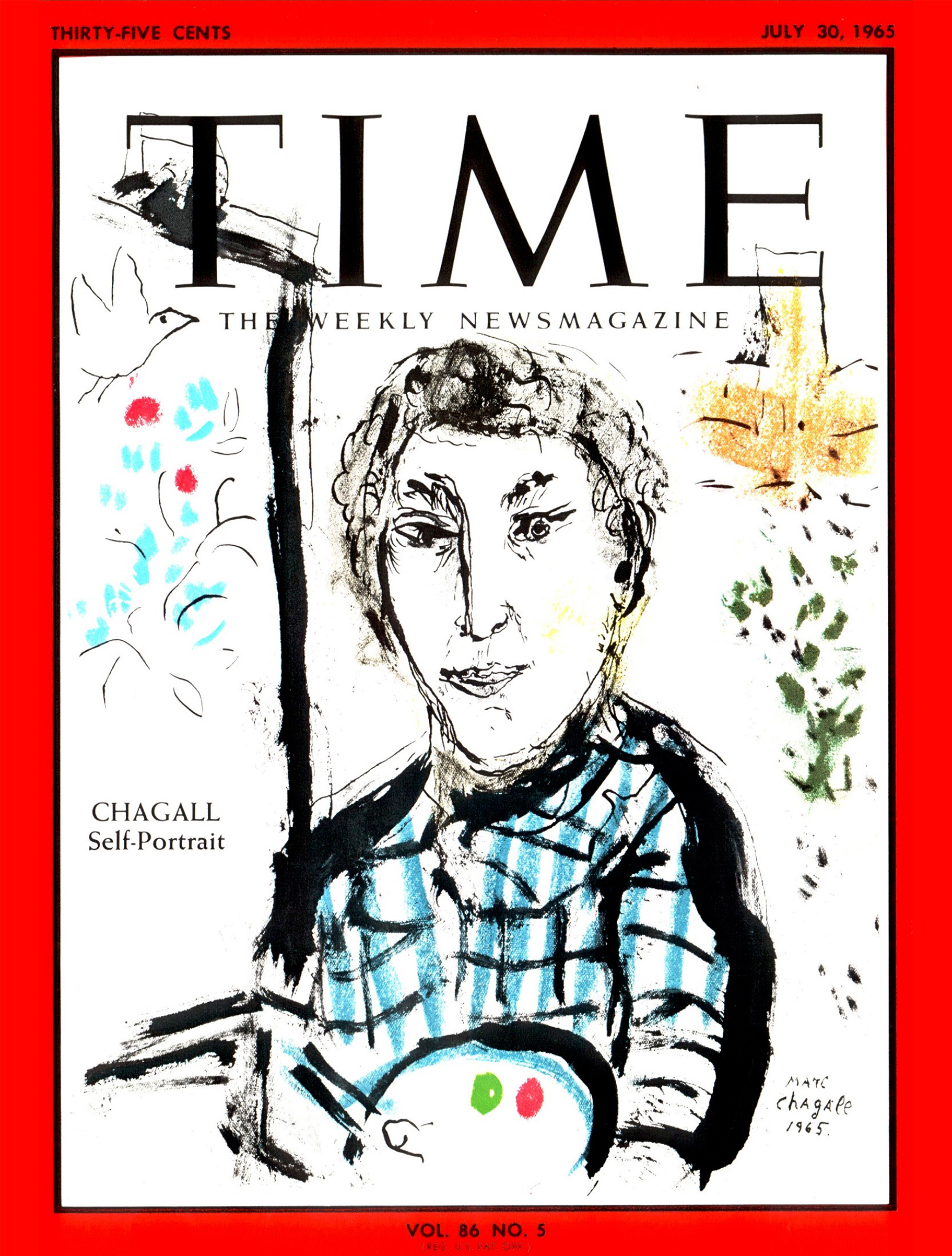Edward Felsenthal is the Editor-in-Chief of TIME.
In his 2015 book, the artist JR asks, “Can Art Change the World?” Artists see beyond walls, across divides, around corners. Through their eyes, we understand the world in new, clearer ways—which is why TIME since its founding has worked with great artists to create our covers, from Andy Warhol to Andrew Wyeth, Robert Rauschenberg to Ai Weiwei, Christo and Jeanne-Claude to Shepard Fairey. Fifty years ago, Roy Lichtenstein marked a series of heart-breaking assassinations with a TIME cover, “The Gun in America,” which now hangs in the National Portrait Gallery.

So how would an artist, one whose body of work explores the world’s most complex social issues, approach the topic of guns in America today? If he were JR, a native of Paris, it would be with fresh eyes (behind his trademark sunglasses) and an open mind. His latest work—extraordinary murals that bring together on one canvas people from all points of view and walks of life—is about our common humanity. His message, powerful and regrettably rare at this cultural moment, landed him on this year’s TIME 100 list of the world’s most influential people. As social entrepreneur Laurene Powell Jobs put it in a tribute in that issue, JR “has dedicated his career to bridging gaps—physical, cultural, spiritual—among people of all backgrounds.”
See TIME’s special report on Guns in America
Last May, when JR and I first discussed his creating a cover for TIME, we immediately landed on guns. It was just a few months after the school shooting in Parkland, Fla., which had prompted a painful and often vicious national debate over what is certainly a shared goal: preventing the senseless mass murder of children. What drew JR to the subject was that he knew little about it. “In France,” he says, “we don’t have any relationship with guns, and so I’m discovering the whole issue.” What drew me to this collaboration was the hope that his creativity and outsider’s perspective could help those of us in America think differently about this debate, and the many others where rage too often substitutes for discourse. In a week when explosives are being sent to major public figures and news organizations, the urgency could not be more clear.

JR’s mural envisions the cover of TIME as a table, the kind of setting where we might actually listen to one another. Over five months, he and his team, along with a group of TIME journalists, traveled to three cities—St. Louis; Washington, D.C.; and Dallas—to film, photograph and record, one by one, people who represent the vast range of voices in our gun debate.
The final result brought together 245 people from every imaginable vantage point: veterans and teachers, hunters and doctors, people afraid that guns may kill their children and people afraid they won’t have guns to protect their children. They include Lezley McSpadden, whose son Michael Brown was shot dead in Ferguson, Mo., which helped spark the Black Lives Matter movement; members of the trauma team that treated victims of the horrific 2016 sniper attack on Dallas police; House majority whip Steve Scalise, a gun-rights supporter who was critically injured in a shooting at a congressional baseball practice; and former Congresswoman Gabrielle Giffords, who was shot in the head at a 2011 constituent event. We are grateful to the participants for their time.
To JR’s table, we also invited six writers to explore the broader theme of bridging our divides. “The moral certainty of my rage must be met with humility about the limits of my knowledge,” writes National Book Award winner and Iraq veteran Phil Klay. Columnist David French calls us to put “love for the close neighbor” ahead of “loathing for the distant partisan.” Harvard professor and former TIME editor-in-chief Nancy Gibbs urges us all to the polls on Nov. 6, as “an act of common commitment to the common good.” Commentator Margaret Hoover writes about growing up in a family with partisanship in the genes, while Tommy Orange, author of the thunderous novel There There, invokes the power of empathy. And the brilliant Tayari Jones offers the essential reminder that civility doesn’t, and shouldn’t, mean meeting in the middle.
In the pages of this issue, and through an interactive audio and video experience, you can hear the stories of all of the 245 cover participants. In the coming months, the mural will travel to museums across the country, and you can also apply to host a projection of and discussion around the mural in your community.

My own favorite TIME cover, a copy of which hangs in my home, is Marc Chagall’s from 1965. Though Chagall originally wanted to paint a view of Manhattan from our offices (“très Chagall,” he told the editors), he ultimately decided on a self-portrait. “First a commandeur, then a TIME cover,” the artist, who had recently been named a commander of the French Legion of Honor, said at the time. “You see what happens when you get old.”
JR is still young at 35, and one hopes there is much more of his message to come for a world that increasingly needs it. The participants in this project “will always be part of the same mural even if they don’t share the same ideas,” says the artist. “I really hope they will actually listen to each other, and I hope that people will join this conversation.”
- Introducing the 2024 TIME100 Next
- The Reinvention of J.D. Vance
- How to Survive Election Season Without Losing Your Mind
- Welcome to the Golden Age of Scams
- Did the Pandemic Break Our Brains?
- The Many Lives of Jack Antonoff
- 33 True Crime Documentaries That Shaped the Genre
- Why Gut Health Issues Are More Common in Women